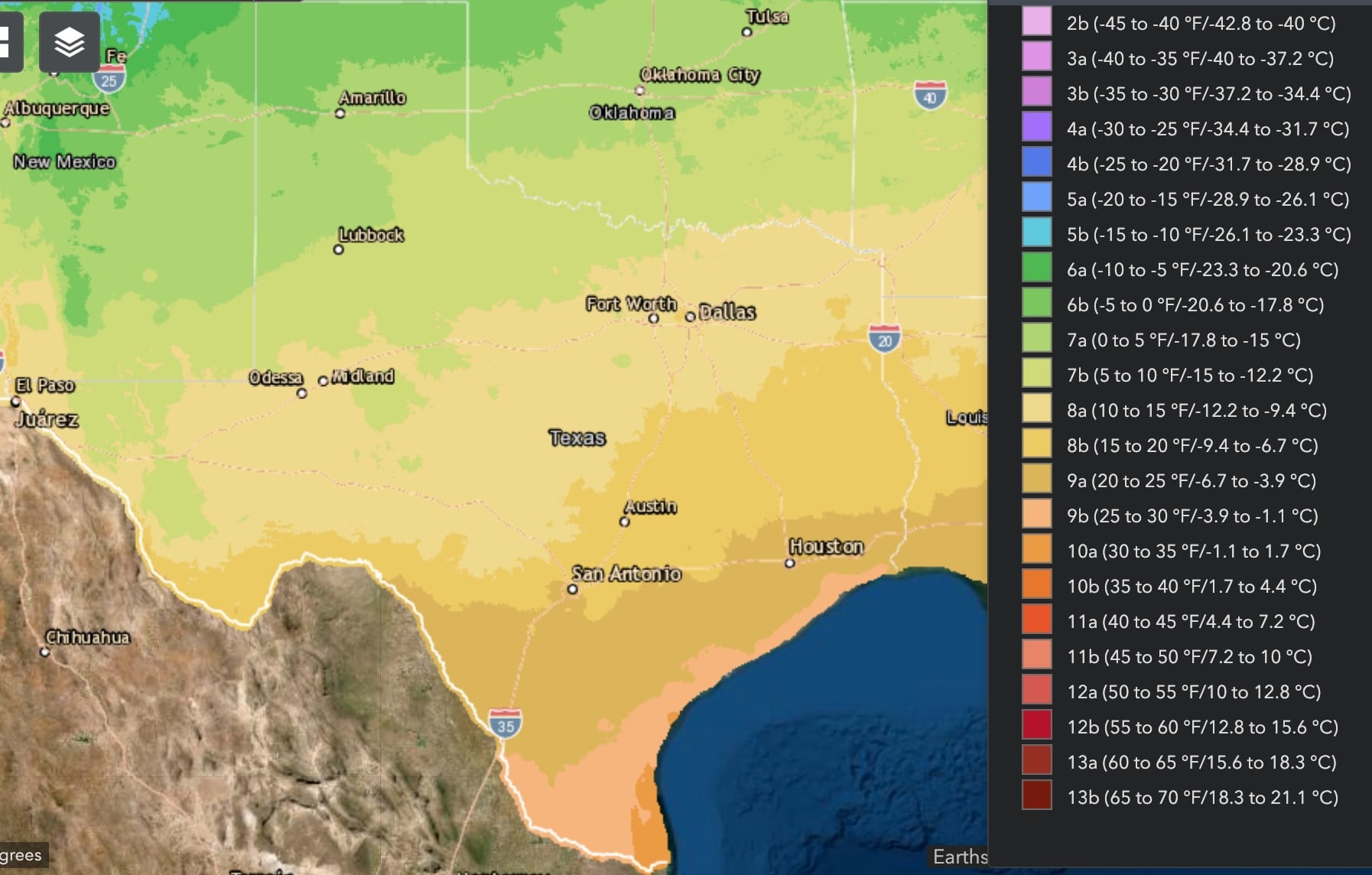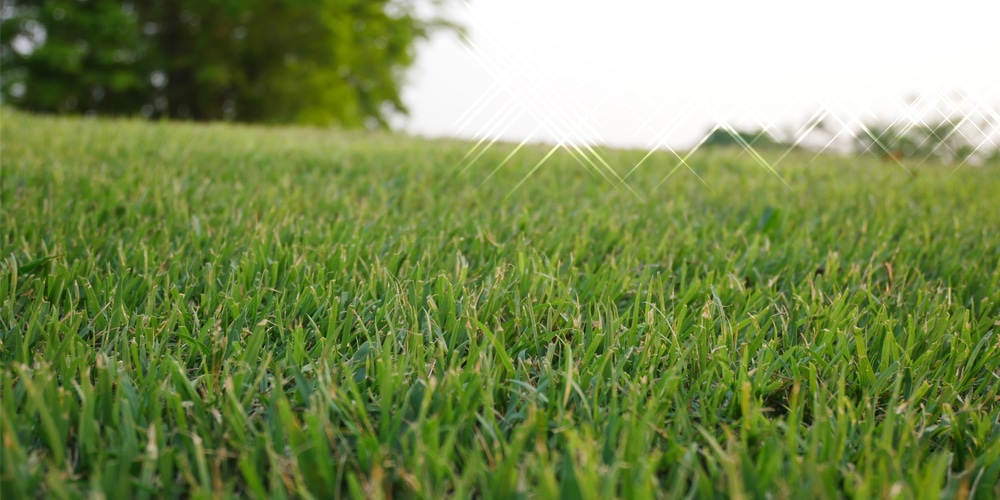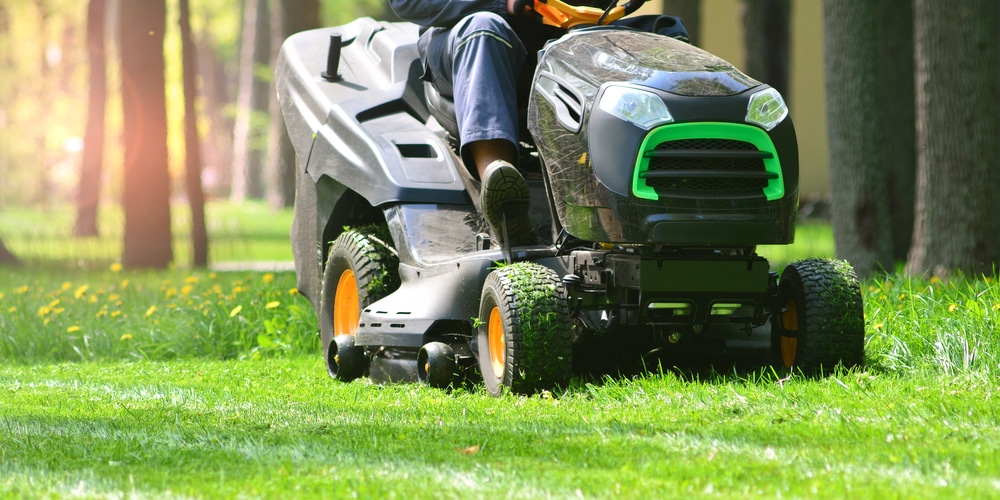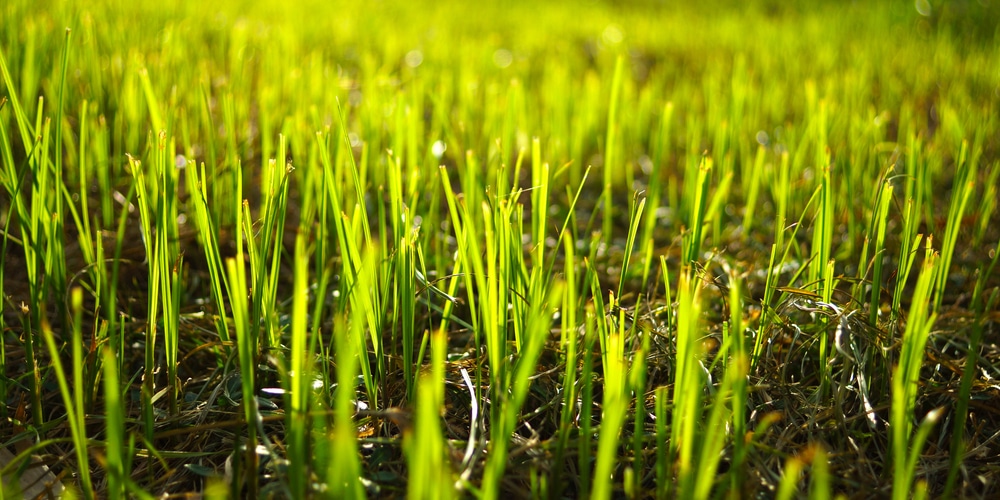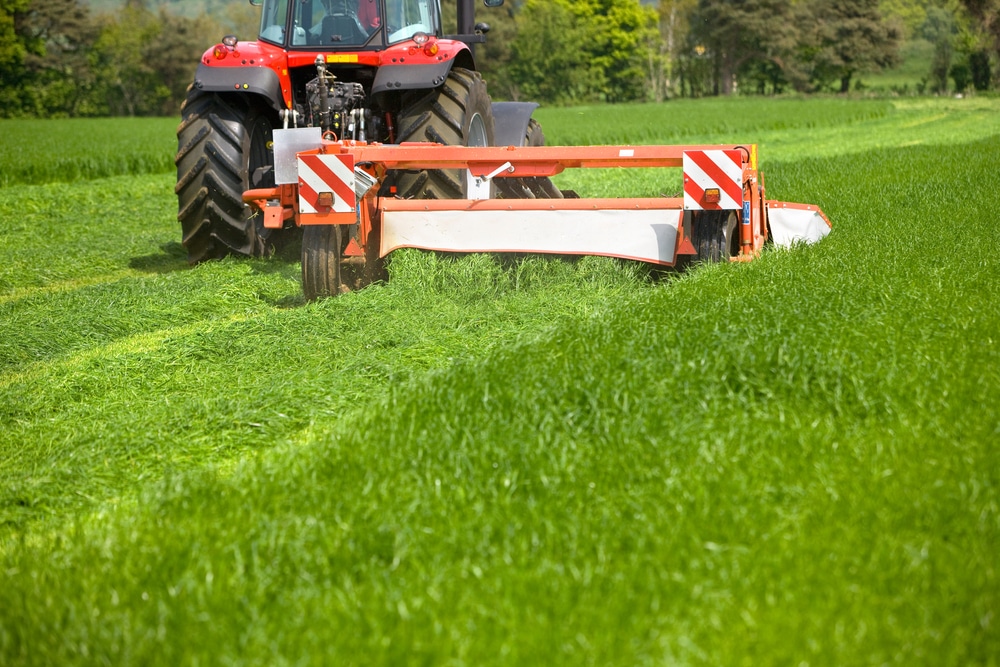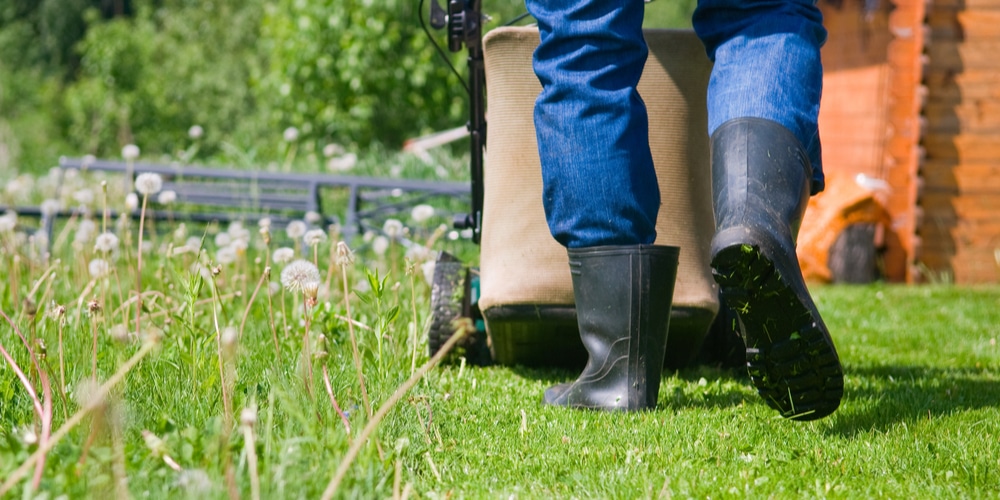Quick Answer Table:
| Texas Climate Zone | When to Plant Bermuda Grass Seed |
|---|---|
| North Texas (Zones 7-8) | Mid-April to June, ensuring soil temperatures are consistently above 65°F. |
| Central Texas (Zone 8-9) | Early April to June, taking advantage of the warm soil for seed germination. |
| East Texas (Zone 8-9) | April to June, aligning with the region’s humid and warm climate. |
| West Texas (Zones 7-8) | Late April to June, after the last frost and when soil temperatures have risen. |
| South Texas (Zone 9-10) | March to June, benefiting from the area’s longer warm season. |
- Soil Temperature: Bermuda grass seeds germinate best when soil temperatures are consistently above 65°F.
- Preparation: Proper soil preparation and moisture are crucial for successful germination.
- Watering: Keep the seeded area moist until germination occurs, then gradually reduce frequency but increase depth of watering.
- Sun Exposure: Bermuda grass requires full sun for optimal growth.
This guide offers general timeframes; local weather conditions and soil temperatures should be the final determinants in planning your planting.
Bermuda
Ideal Bermuda Grass Seed Planting Conditions
When planting Bermuda grass seed in Texas, timing is paramount. One should aim for the period after the threat of frost has passed and before the full intensity of summer heat sets in.
Texas Bermuda Grass Planting Guide:
- Late Spring to Early Summer: Optimal time frame for seeding
- Soil Temperatures: Should reach at least 65°F
Temperature Guidelines
| Region | Approximate Planting Time |
|---|---|
| Northern Texas | Late spring to early summer |
| Southern Texas | As early as March and April |
During planting, gardeners must prepare the ground, start with a weed-free and well-tilled soil surface.
Soil preparation involves removing debris and existing grasses and ensuring the soil is even.
Careful soil preparation sets the stage for successful germination.
- Frequency: 3 to 4 times daily
- Amount: Approximately ⅛ inch each session
Watering Schedule
| Stage | Watering Instruction |
|---|---|
| Seeding | Keep soil moist without creating waterlog |
| Germination | Reduce frequency but increase depth to encourage root growth |
It’s essential for gardeners to stay vigilant about maintaining soil moisture to ensure successful germination.
Moreover, avoid covering the new seeds with straw; instead, opt for a weed-free mulch if erosion is a concern.
Proper soil moisture and temperature are crucial for the seeds to sprout and establish a robust root system.
Best Times to Plant Bermuda Grass in Texas
Understanding the appropriate times to plant Bermuda grass in Texas is crucial for establishment and growth.
The state’s varied climate zones necessitate timing the planting to coincide with optimal soil temperatures and seasonal weather patterns.
Early Planting
In Texas, early planting of Bermuda grass should be timed when soil temperatures consistently reach at least 65°F, which typically occurs in late spring.
Gardeners can prepare to sow seeds or lay sod when nighttime temperatures consistently stay above 60°F to encourage germination.
Peak Planting
The peak planting time for Bermuda grass in Texas falls between late spring and early summer.
It is characterized by soil temperatures ranging between 80°F and 95°F.
This period, often from mid-April to early June, offers the ideal thermal conditions for Bermuda grass to establish.
Late Planting
Late planting in Texas can stretch into the warmer days of early fall, before temperatures begin to cool.
This time is suitable for laying Bermuda grass sod, yet seeding should be approached with caution to ensure establishment before the onset of colder weather.
Preparing the Soil for Bermuda Grass Seed
Before one plants Bermuda grass seed in Texas, the soil must be primed to support optimal growth.
Proper soil preparation involves testing, amending, and tilling to create a fertile and level bed for the seeds.
Soil Testing
Testing the soil is the first step in preparing for Bermuda grass germination.
A soil test will reveal pH levels and nutrient content, indicating if any adjustments are necessary.
For Bermuda grass, the ideal soil pH is between 5.8 and 7.0. If the soil pH is not within this range, one will need to amend it accordingly.
Soil Amendments
Based on the soil test results, one might need to add specific nutrients or conditioners to the soil.
Common amendments include:
- Lime: If the soil is too acidic, applying lime can help raise the pH.
- Sulfur: For alkaline soils, elemental sulfur is often used to lower the pH.
Additionally, adding organic materials like compost can improve soil structure and fertility, benefiting the Bermuda grass seeds once planted.
Tilling and Leveling
Thoroughly tilling the soil to a depth of 4 to 6 inches is vital for root penetration and drainage.
After tilling, one should ensure the seedbed is level and free of large clumps of soil or debris.
Raking and smoothing the soil surface aids in achieving the evenness required for uniform seed germination and growth.
Sowing Bermuda Grass Seed
Planting Bermuda grass seed in Texas should occur during late spring or early summer when soil temperatures consistently stay above 65 degrees Fahrenheit. This ensures optimal germination and establishment of the grass.
Seeding Techniques
When sowing Bermuda grass seed, one should lightly rake the seeds into the soil’s surface, ensuring good contact while avoiding burying the seeds too deeply.
A general recommendation for seeding rates is 1 pound of Bermuda grass seed per 1000 square feet.
It is important to use an even spread to prevent clumping and to enable an even growth pattern across the lawn.
Watering Schedule
After seeding, Bermuda grass requires consistent moisture for proper germination.
Watering should happen 3 to 4 times daily, applying about ⅛ inch of water each session to keep the seed and soil surface moist, but not overly saturated.
This frequent watering schedule continues until germination occurs, after which one can gradually reduce the frequency of watering.
Germination Expectations
One can expect Bermuda grass seeds to germinate typically within 7 to 14 days under optimal conditions.
Factors that influence germination include soil temperature, soil moisture, and seed quality — a seed germination test date located on the seed label can provide insight into seed viability.
After germination, seedlings will require several months of growth before they establish a full, dense lawn.
Maintenance After Planting
Once Bermuda grass seed sprouts in Texas, meticulous care ensures the lawn’s vitality and vigor.
Proper mowing, fertilization, and weed control are vital for a lush and healthy Bermuda grass lawn.
Mowing Practices
Bermuda grass should be mowed to the correct height and frequency to promote a dense and healthy lawn:
- Initial mowing should occur when the grass is about one-third taller than the ideal height.
- Regular mowing should maintain grass at 1.5 to 2.5 inches in height.
- Mowing frequency is typically once per week, increasing to twice per week during peak growing periods.
Fertilization Schedule
Fertilizer application keeps nutrients in the soil balanced, promoting robust Bermuda grass growth:
Ideal Fertilizer Schedule for Bermuda Grass:
| Timing | Fertilizer Type | Application Rate |
|---|---|---|
| Early Spring | Complete, balanced fertilizer (N-P-K) | 1 pound of nitrogen per 1,000 square feet |
| Mid-Summer | Nitrogen-rich fertilizer | 0.5 to 1 pound of nitrogen per 1,000 square feet |
| Early Fall | Potassium-rich fertilizer | According to product label instructions |
Timing adjustments may be needed based on lawn maturity and regional climate variations.
Weed Control
Effective weed management protects Bermuda grass lawns from invasive species:
- Pre-emergent herbicides prevent weed seeds from germinating and are best applied in early spring.
- Post-emergent herbicides target visible weeds and should be applied as needed, following label directions.
- Regular monitoring for weeds helps maintain a pristine lawn environment.
Frequently Asked Questions
When seeking to establish a vibrant Bermuda grass lawn, understanding the seasonal timing, planting techniques, and maintenance strategies is crucial.
What is the ideal planting time for Bermuda grass seed in various regions of Texas?
The optimal window for planting Bermuda grass seed in Texas is during late spring to early summer. This period coincides with warmer soil temperatures which facilitate seed germination.
How should Bermuda grass seed be properly planted and established?
Bermuda grass seed requires consistent watering and proper soil contact to ensure successful establishment.
Seeding should be followed by rolling or lightly raking the soil for good seed-to-soil contact.
What are the optimal soil preparation methods for Bermuda grass in Texas?
Soil for Bermuda grass should be well-aerated and loose to a depth of four to six inches. A soil test to assess nutrient needs is advisable before amendment and planting.
Which varieties of Bermuda grass seed are best suited for Texas climates?
Texas climates favor Bermuda grass varieties that are drought-tolerant and heat-resistant. Popular choices among them include ‘Princess-77’ and ‘Riviera.’
How do you determine the appropriate fertilization schedule for Bermuda grass in Texas?
An appropriate fertilization schedule involves applying 0.5 to 1 pound of nitrogen per 1,000 square feet during the growing season. This may vary based on the age and health of the lawn.
What is the dormancy period for Bermuda grass in Texas and how does it affect seeding?
Bermuda grass enters dormancy during the cold months, typically from late fall to early spring in Texas.
Seeding should be done after this period when temperatures are consistently warm.
Last update on 2025-04-25 / Affiliate links / Images from Amazon Product Advertising API
